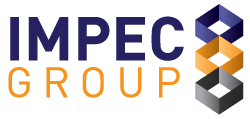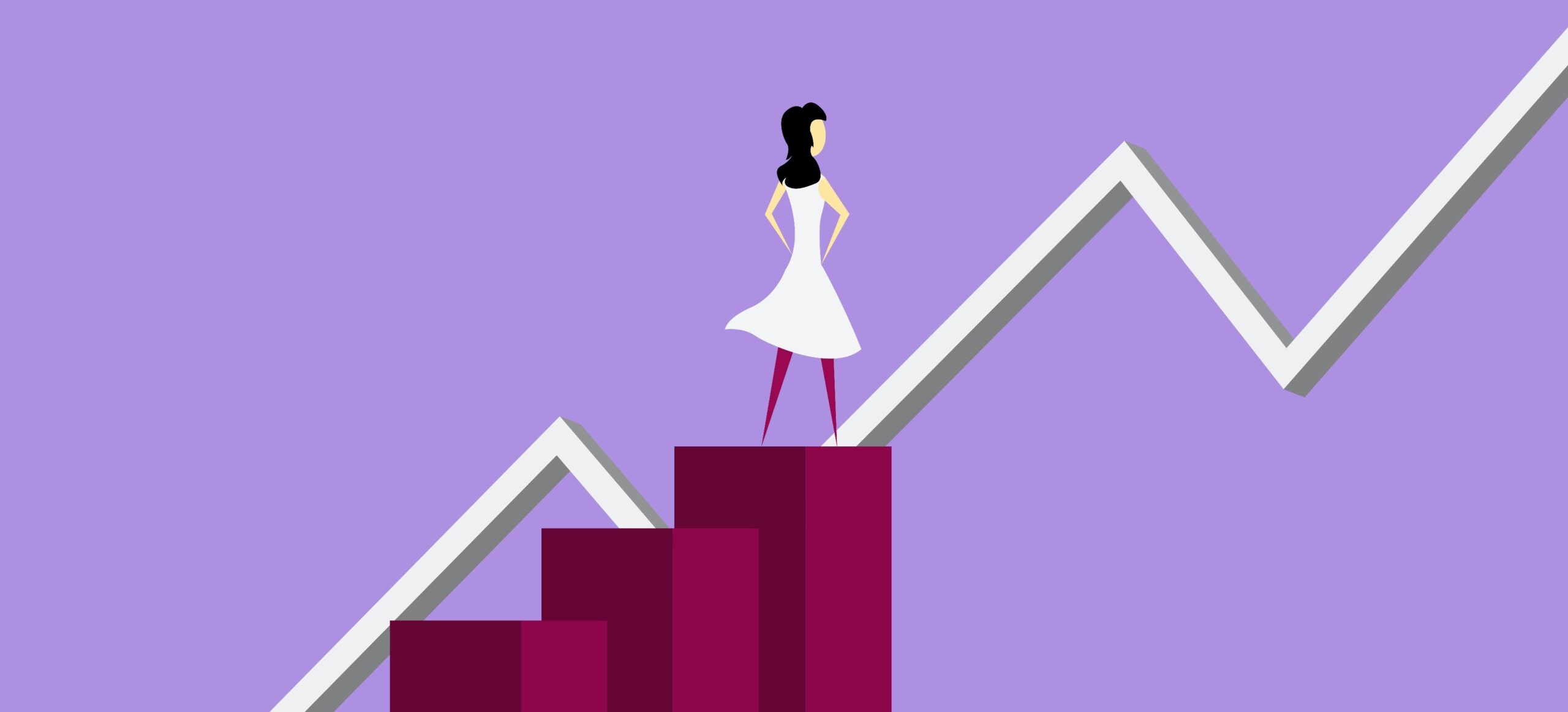Combating Inflation for Janitorial Service Costs
The purpose of this article is to leave the reader with real-world actionable steps to combat the significant inflation we are experiencing in all sectors of the economy. Having worked in the facility services industry for over ten years and currently co-managing the Operations and Maintenance division at Impec Group, with my colleague Joe Cigolini, Sr. Director of Operations, this article will focus on cost mitigation efforts specifically geared towards janitorial service programs. Our number one priority has always been safety, but of course keeping costs down for our clients has also been critical and that is especially true now given the difficult business climate caused by inflation levels not seen in over forty years. How inflation returned might make for an interesting read, but what we do about it is the topic of the day.
First things first; let us discuss the number one cost factor in any cleaning program. Care to take a guess? If you guessed labor, then you guessed right! Direct labor cost is by far the number one expense in a cleaning program. We are also seeing strong wage growth driven by a tight labor market. Rising fuel costs and inflation drive up the costs of everything including janitorial equipment, supplies, consumables, etc. Wage growth plus inflation means we are currently on a path for more expensive cleaning programs for our facilities. Overall inflation could slow down as supply chain bottlenecks unravel and a spike in demand for goods eases, but this article will provide helpful tips to mitigate the impacts on cleaning programs vs. long-term economic solutions.
Here are our top 3 mitigation steps to combat rising janitorial cleaning program costs:
Consider a day cleaning program
- Any energy saving consultant will rave about the benefits of a day cleaning program. The practice seeks to utilize daylight hours for cleaning services, thus avoiding the energy and electricity costs you would expect when a crew is operating in the evening after normal business hours.
- Some customers report as much as a 15% – 20% savings on electricity.
- Not only is it more cost effective, but it is also an environmentally conscious program which is a win for everyone
- Anyone interested in a day cleaning program should understand it’s not just evening cleaning done during the day.
- Any transition from the way things have historically been done can create some challenges and I would encourage a thoughtful discussion with your Janitorial provider including a timeline/commitment and operations plan prior to any adjustment.
Review plan/cleaning schedule
Is your cleaning approach prescriptive or performance based? Before we answer that question let’s define the terms.
- Prescriptive specifications give the client more certainty about what they are receiving. Most of the janitorial bids we respond to are prescriptive. There is clarity on the way things have been done and the customer appreciates having that clearly written out in black and white. Performance specification gives the contractor more scope to innovate and adopt cost effective methods to work. Essentially prescriptive says this is exactly what I want done.
- Performance says this is my goal, you are the subject matter expert, you tell me how to find the most efficient way possible while anticipating a long-term tenancy.
These are very different approaches. We believe the performance model has greater upside and will be the standard in the future.
- Any janitorial provider worth their salt will conduct a deep dive study into the facility and identify where efficiencies can be made.
- For example,
- do high traffic areas need to be cleaned the same as moderate to low traffic areas?
- Has a zone approach been identified and executed?
- Have we considered centralized garbage and recycle bins?
- Are we high on frequencies for some of our services?
- What cleaning process is being used on carpeted and hard surfaces and are we expected to get a full life cycle out of those surfaces with current process?
- These are just several examples of areas a performance-based model allows more room for innovation and cost savings.
Review cost of supplies and consumables
Your janitorial providers partnership with their supplier is critical to service delivery. Given the demands of our industry it is not uncommon for providers to become complacent with the status quo. I would suggest engaging your provider every 6 months to review supply and consumable prices. It is the supplier’s job to continuously add value by keeping prices at or below the rate of inflation. We see it as our job to keep suppliers on their toes. Connecting with your janitorial provider, especially during this difficult time, plagued with very high inflation, is critical. Ask your provider for their ideas on cost savings; you may be surprised by the money saved.
Here are a few examples related to consumables savings:
- Use hard roll paper towels over multifold towels. The cost per foot is much less expensive and because of the way they are dispensed, people generally take many more multifold towels.
- Consider switching from regular toilet paper rolls to the large jumbo rolls. The size of the roll reduces the cost per foot.
- Have your janitorial service provider purchase consumables. Service providers have access to wholesalers and benefit from better pricing due to volume purchasing.
Understanding that the majority of costs from a janitorial program comes from direct labor costs (i.e. wages, medical/benefits, etc.) is very important. That said, there are many areas where cost saving measures can be realized and should be explored in detail.
Day cleaning programs, performance-based models and, engaging your service provider on supply and consumable costs are great place to start when seeking to mitigate the impact of inflation. Please reach out to Impec Group if you would like to discuss these inflation-fighting ideas in greater detail. We would welcome the opportunity to explore all available options with you.



